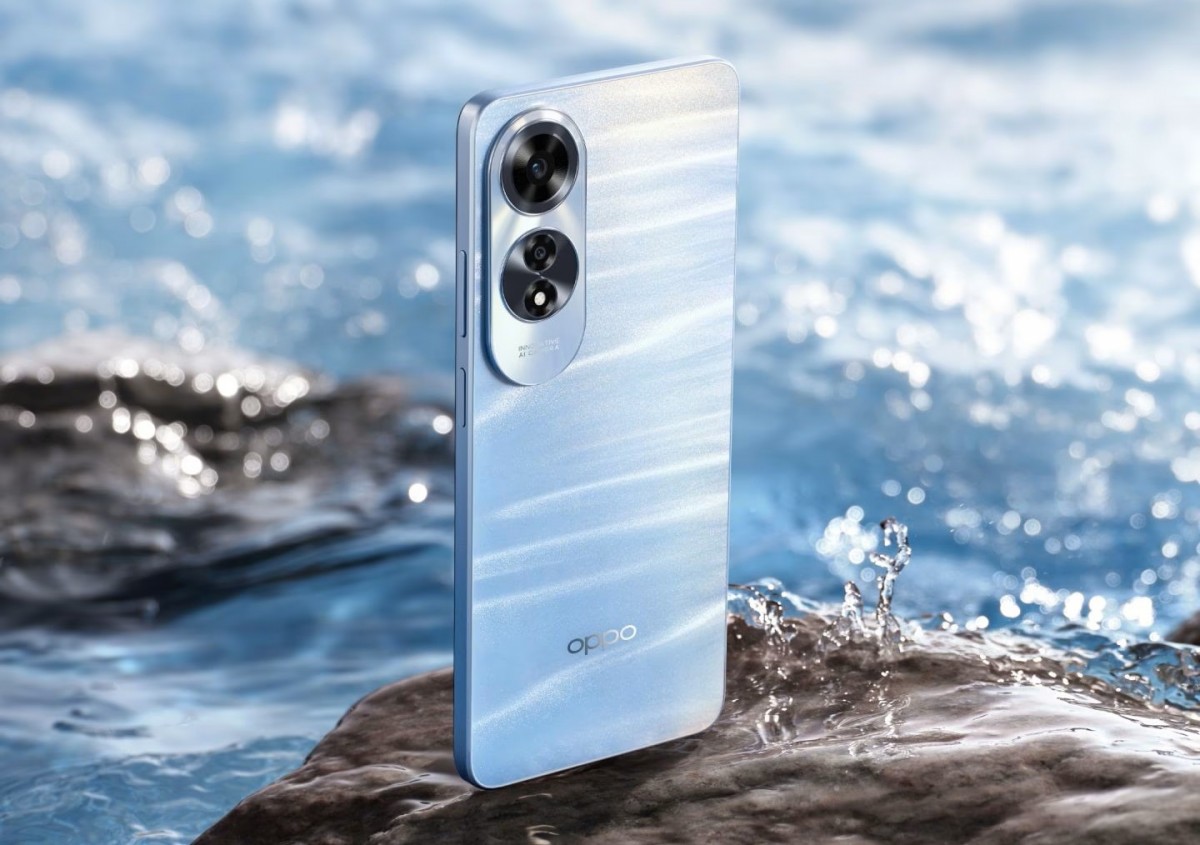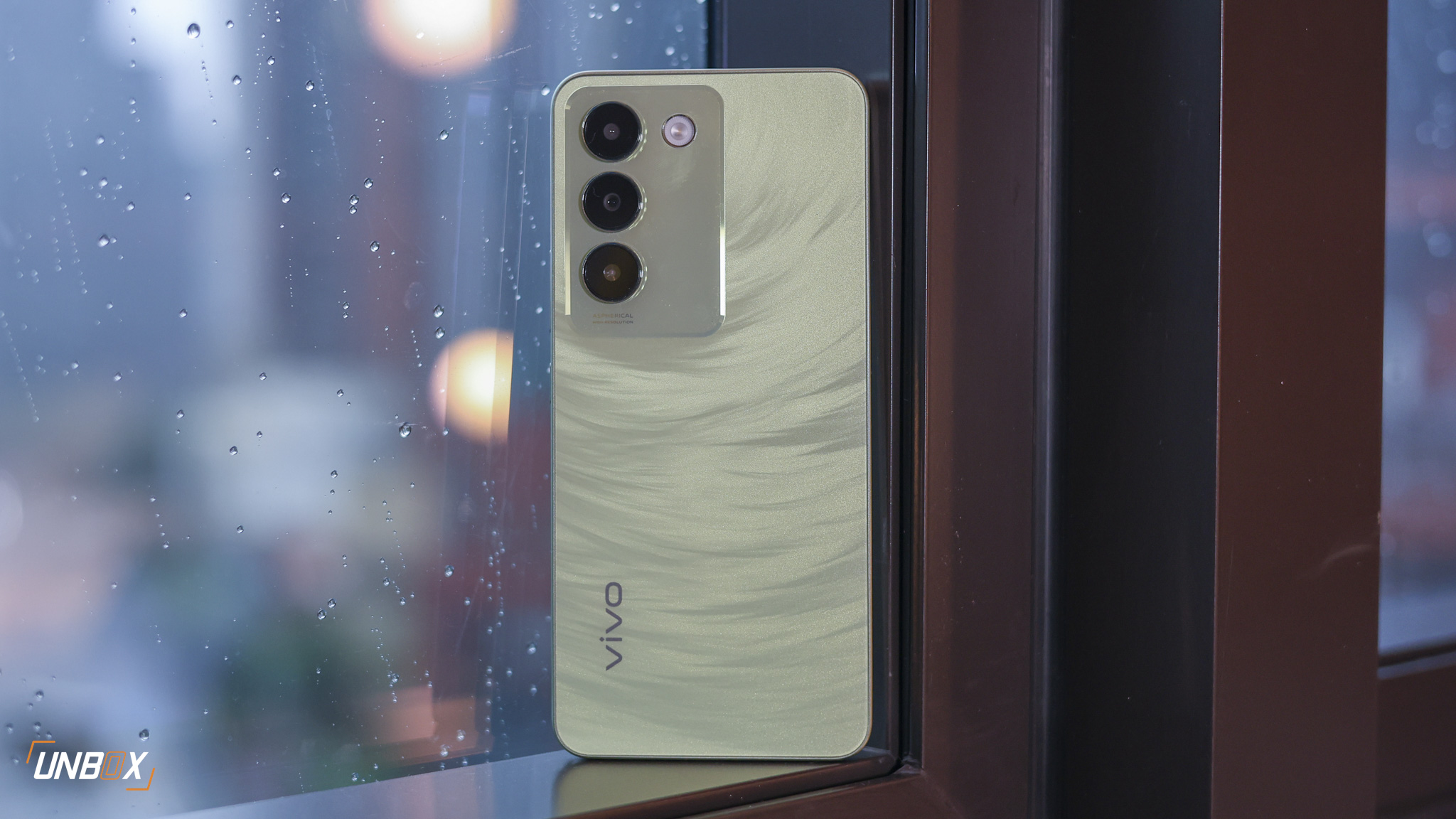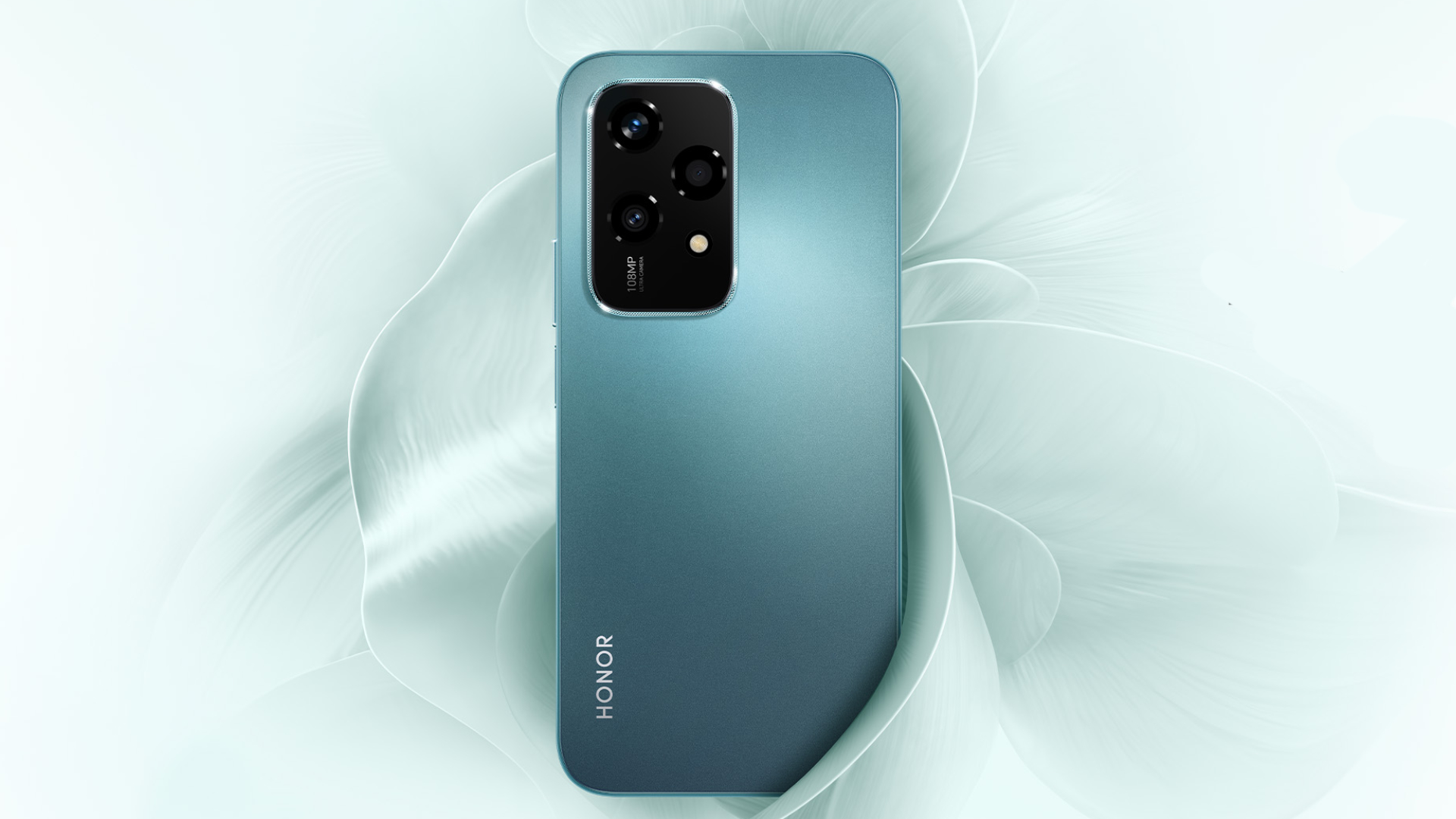
For most people, the biggest consideration when buying a phone isn’t how fast it is or how pretty it looks – the biggest concern of a growing number of gadget lovers is battery life. It makes sense – your fast, pretty phone means diddly squat when it doesn’t have the legs to last till the end of the day. That’s the biggest reason why many manufacturers have taken to releasing phones with massive batteries.
ASUS released their own big-batteried phone a few months ago in the form of the Zenfone Max. While the phone had almost legendary battery life (3-day endurance FTW) it had a slow processor and homely looks.
Read: ASUS Zenfone 3 Ultra Review
The company’s follow-up device, the Zenfone 3 Max, tries to build on the amazing battery life of the previous iteration, while improving the looks and performance of the phone. Did they succeed? We’ll find out today. But first, the specs:
ASUS Zenfone 3 Max specs
- 1.5GHz Quad-core MediaTek MT6737T processor
- Mali-T720 MP2 GPU
- 3GB of RAM
- 5.2-inch HD IPS display, 2.5D glass, 1280 x 720 resolution
- 32GB of expandable storage
- 13-megapixel rear camera with LED flash
- 5-megapixel front camera
- Dual SIM
- 3G, LTE
- WiFi, Bluetooth, GPS, A-GPS, Fingerprint scanner
- Android Marshmallow 6.0, ZenUI 3.0
- 4100mAh battery

Sexier, sleeker, prettier
ASUS has revamped their entire Zenfone 3 lineup to include premium materials in their design and build, and the ZF3 Max is no exception. ASUS has put in quite a few metal components in the ZF3 Max, which includes the frame and the back of the phone. Because of its price, the ZF3 Max doesn’t use a unibody metal design – the top and bottom part of the rear is made from plastic. That’s probably where the antennas are for the device.

Unlike the ZF3 and the ZF3 Ultra, the ZF3 Max has gentle curves on the side that makes it easier to hold onto the device one-handed. Combine that with the curved corners and it’s overall smaller size, you get a phone that’s pleasant to use and hold, even for people with smaller than average mitts.

Quickly going around the phone’s exterior, you’ll see both power and volume rocker on the right side. The SIM/microSD slot is located on the left of the phone, while the 3.5mm jack and USB port is on the top and bottom, respectively. The phone also sports a fingerprint scanner that’s located on the back, right below the 13-megapixel rear camera with LED flash.
Overall the design of the ZF3 Max is a big improvement over last year’s model. It’s quite a looker, especially with its gold color. Overall build quality is quite good as well, and the phone feels well-built, without any obvious gaps or creaks in the build.
The display is a 5.2-inch, HD IPS panel that has 2.5D glass layered on top for that curved glass effect. With full HD panels being a dime a dozen nowadays, we’re a little disappointed to see an HD panel on the ZF3 Max. On the upside, the lower resolution panel uses less power than a similarly sized panel that’s full HD. The lower resolution also help keep the phone running smoothly, since the processor and the GPU have less pixels to push around, which also means less power consumed.
As far as overall display quality goes, it’s allright. Color reproduction is good and viewing angles are generous. The display isn’t super vivid but it’s not completely flat either. It’s something we expected from a budget phone such is this.

Finally, a big-batteried phone that has a processor that doesn’t suck
While the original Max was a great phone in terms of battery life, it wasn’t the fastest phone in the block. In fact, it was positively slow – the Snapdragon 410 processor on it could only handle light tasks and gaming – anything more and the phone lagged, terribly.
That’s changed with the ZF3 Max. ASUS has gone with MediaTek for the chipset, with the ZF3 Max utilizing the 1.5GHz Quad-core MT6737T processor with a Mali-T720 MP2 GPU. That’s complimented with a generous 3GB of RAM and 32GB of expandable storage, which can further be expanded via microSD card if needed.
The new processor fares quite well in the ZF3 Max. We encountered very minimal lag in the phone while we were using it, and as a result the device zipped through the UI and most apps without any issues. We were surprised to see the chipset breeze through Asphalt 8 and Final Fantasy Mobious smoothly, with minimal lag, on high settings – we had troubles with these titles (specifically Asphalt 8) with phones sporting the much more powerful P10 chipset from MediaTek so imagine our surprise on the apparent smoothness of the ZF3 Max.
The ZF3 Max runs Android Marshmallow with ASUS’ ZenUI overlay. And just like our outings with the other members of the ZF3 family, we still absolutely hate the amount of bloatware that’s pre-installed on the phone. It’s a good thing that the ZF3 Max has plenty of spare storage since the list of bloatware in the phone is substantial.
The fingerprint scanner is accurate, though it’s a bit slower than the one in the regular ZF3. It’s also plenty accurate – we’ve been using the ZF3 Max as our daily driver for quite a few weeks now, and we can count in one hand the number of times that it failed to read our fingerprint the first time.
Sound isn’t the best, since the speakers are placed on the rear of the phone rather than on the bottom, and you’ll be straining to listen to music when you’re in a moderately noisy room. We suggest just using the phone’s headphones if you’re really dead-set at listening to music while using it.

Camera is better this time around but that’s not saying much
Camera is a big upgrade from the original phone, but that’s not saying much to be completely honest. Anyway, the ZF3 Max loses the laser AF unit that was present on the original phone and while the megapixel size stays the same, the image quality has improved from the previous generation.
But like we said earlier, that isn’t saying a lot. Images taken in bright light look okay, though the camera has a tendency to blow out highlights in brightly-lit environs. Photos taken in low light are muddy, lack detail and have a lot of noise in them, unfortunately.

Battery life is still good, but it’s no longer legendary
The ZF3 Max has a smaller battery inside of it compared to the original phone released a few months ago – 4100mAh versus the original’s 5000mAh. It’s understandable that many people are concerned over the lower battery capacity of the new phone, but it was a trade-off that needed to be made.
It shows in the battery benchmarks – the ZF3 Max posted an uptime of 11 hours and 11 minutes. That’s still an impressive run time, make no mistake, but it pales in comparison to the original. The score translates to around a day and a half of usable battery life on a single charge. Fully charging the phone from 0 using the charger that came with it takes around two hours and twenty minutes.

Verdict: Better than the original in almost every way
While the original Zenfone Max delivered insane battery endurance, it sacrificed everything else to get that legendary battery performance. That’s not the case with the Zenfone 3 Max – while it performs a little worse in the battery department because of the smaller capacity, it’s a better phone in almost every other category. ASUS compromised a little bit on the battery to give users a phone that’s not just a glorified powerbank, and they’ve succeeded.
The ASUS Zenfone 3 Max retails for Php 8,995.






















